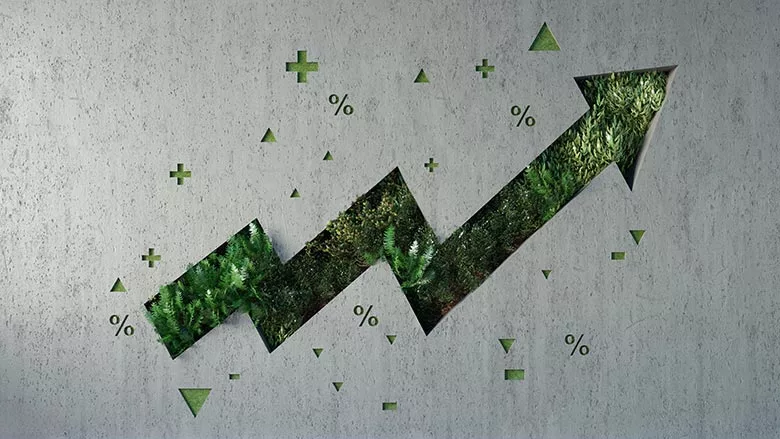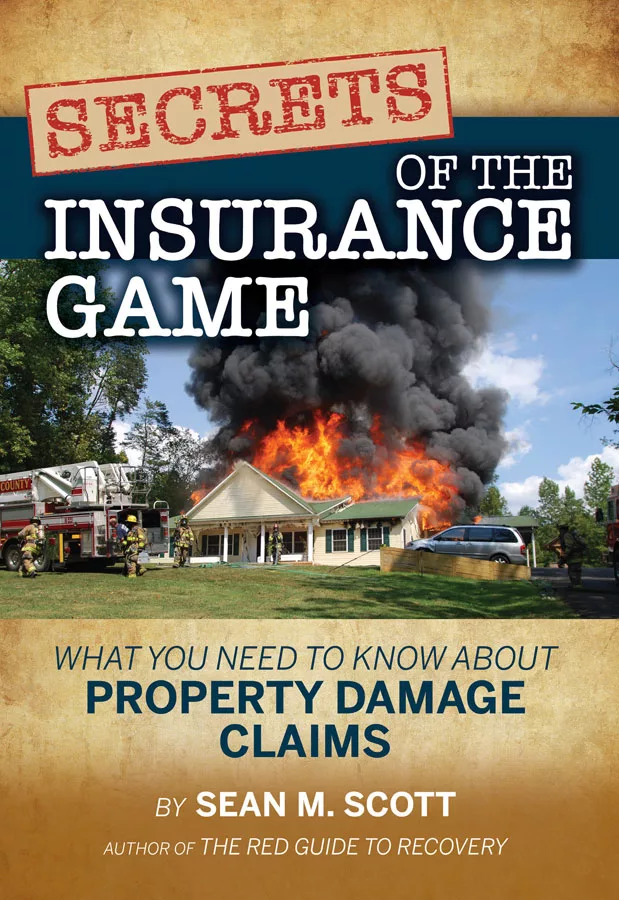Sustainability in Property Claims
The Restoration Industry’s Shift Towards a Greener Future

Image credit: Eoneren/E+ via Getty Images
After over two decades as an industry training provider in the restoration space, I must admit I was pleased, but not surprised, to hear the latest industry trend was about sustainability in property claims services.
This is great news for our industry. What is even better, is we are already set up and ready for this existing yet newly defined challenge.
The terms applied structural drying and in place drying were launched by the Institute of Inspection, Cleaning and Restoration Certification (IICRC) over 20 years ago and remain common language in our industry today. These concepts are rooted in our in-person hands-on education to reduce building material removal where possible, focusing our efforts on the emergency portion of the loss to save and dry materials in place.
Drying in place, where possible, equates to:
- Removal of fewer materials
- Less landfill waste
- Reduced purchase of materials required for rebuild purposes
- Less off gassing of new construction materials emitting volatile organic compounds (including paint and stain)
- Reduced product use (more materials are being saved and not replaced)
- Improvement of indoor air quality
Important to note: Just because something can be dried does not mean that it SHOULD be.
For this initiative to be successful, all parties must be on the same page with a sustainable process. Education for all involved material interested parties include the insurer to permit drying where possible. But the insurer does not know what they don’t know. This poses a challenge as insurance adjusters over the last several years are not staffed to be on site as they used to in order to see the condition of the affected property and make decisions quickly with the contractor.
Many contractors continue to be paid to tear materials out, install drying equipment, and then move on to the repairs. Sustainability in repairs could be drastically reduced if the wet affected materials were dried to acceptable standards where possible.
Restoration contractors need to be accountable for their part. Tear-out of wet materials then equipping to dry must be denounced, and sub-standard emergency practices can no longer continue to be the norm. Contractors need to fully embrace this with a Mitigation First™ approach under which they are expected to provide details of their progress via monitoring with supporting documentation.
Contractors continue to face challenges with insurance companies and their practices such as drying protocols, market costs, being a preferred vs. non-preferred contractor, and managing inconsistencies among the adjusters within the same company.
Additional confusion surrounds the contractors who are told to dry but are required to call the insurance adjuster for approvals to use equipment, waiting days or even weeks for a response, and then it’s too late. On the flip side, the contractor may dry things beautifully, back to a pre-loss state and the customer does not accept it. That lends to costs that many insurers expect the contractor to bear as a cost of doing business. The contractors cannot continue or be expected to absorb those costs, and additionally be challenged on the standards or state/provincial requirements that have legal implications on them and their businesses.
Consider an industry where the insurers and contractors become more integrated together to know specifically:
- How to adjust and prepare emergency estimates
- Work with the restoration expert
- Support and promote long-standing industry practices to dry where possible
- Acknowledge that many materials do not dry in three days
- Apply industry standards
Some contractors and insurers may be stuck in old or familiar ways of doing things. I recall one comment made by a vendor manager years ago who shared, “the devil I know is better than the devil I don’t”. Was this comment made believing that mediocre is acceptable in serving the customer?
We can do our part in making the industry “greener” by promoting and participating in a more sustainable approach to mitigation by drying where possible and reducing waste. An example of this is awareness and action surrounding drywall removal. Drywall material removal is the number one cause of construction-related waste in our industry! Be proactive, not reactive, and dry where possible.
During a recent interview with Sean Lichty, Professor, Business Insurance Program at Conestoga College, I asked him about the industry sustainability movement. He responded:
“It appears as though we are going back to basics which is great as we are prepared to dive in and continue doing what we already know to do. Reduce, reuse, and recycle. The only way this will sustain as a mandate in our industry is to have compliance and accountability on all sides of the relationship. This includes the insurer, the contractor, and the insured. From there, we need to ask ourselves who is going to pay for this initiative to become a reality?”
Learn more about the techniques used in structural drying
As an industry, we have access to incredible standards, guidelines, state/provincial and federal requirements that we are able to adhere to along with evidence that these approaches work.
In our efforts to be more sustainable, remember we are in this together. Let’s tow the line so that we can be proud of what we are leaving behind.
Looking for a reprint of this article?
From high-res PDFs to custom plaques, order your copy today!








